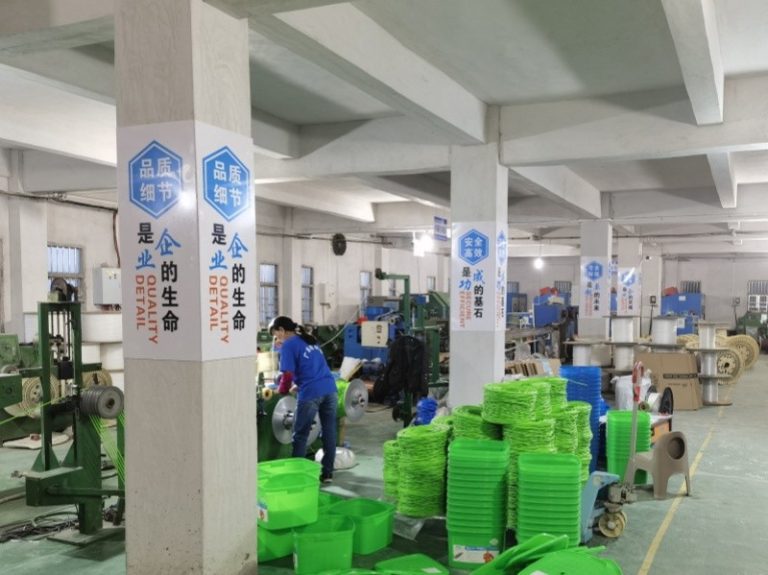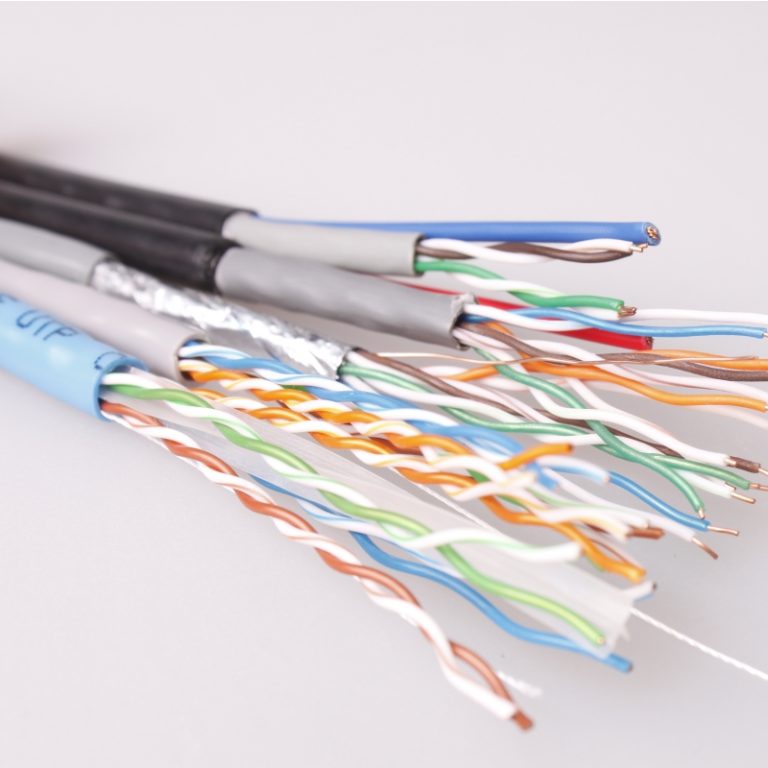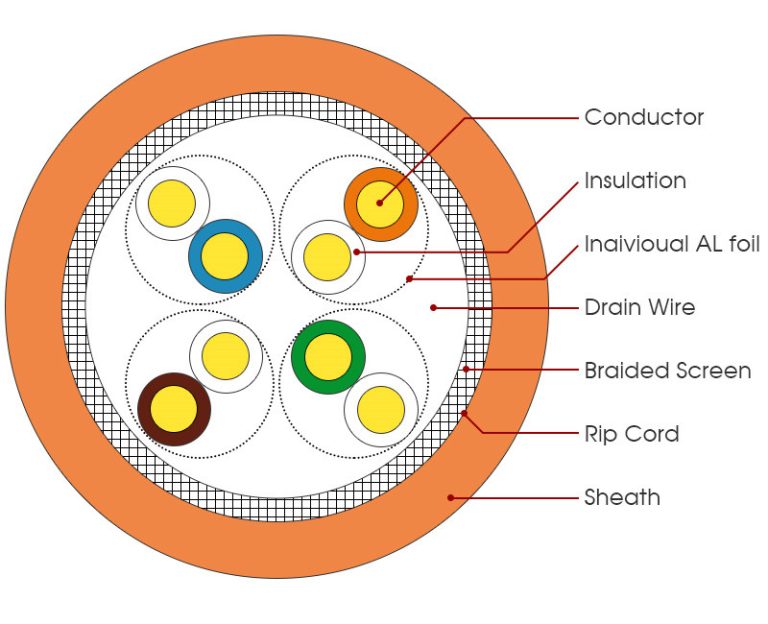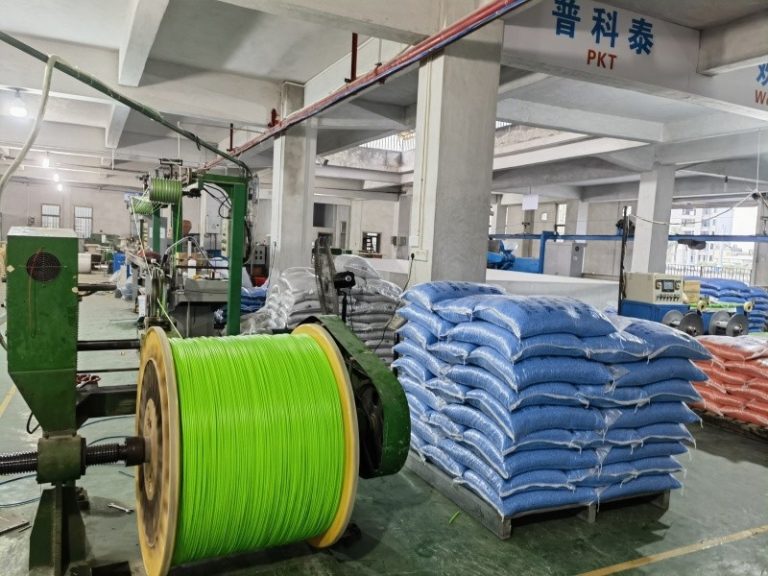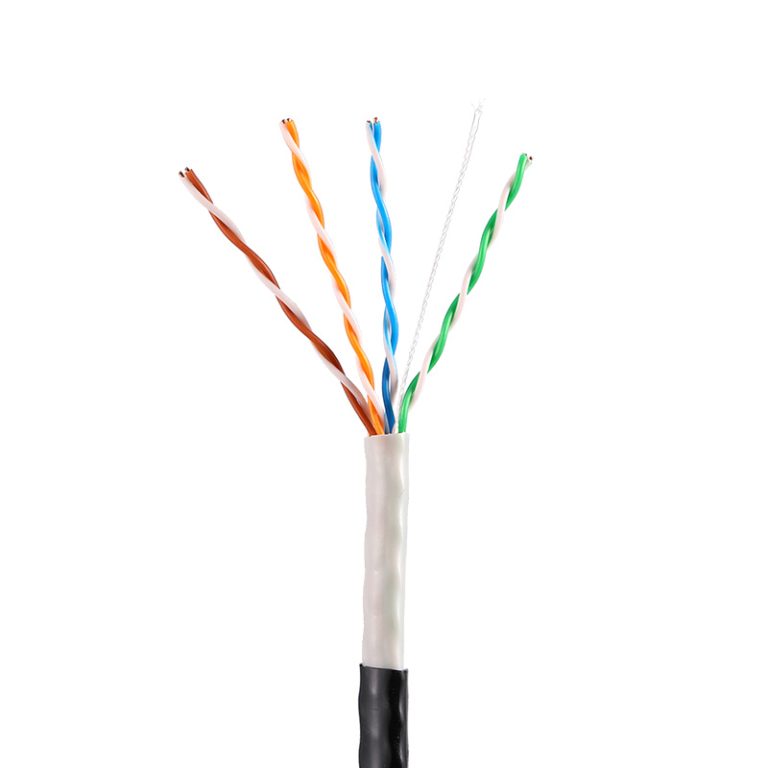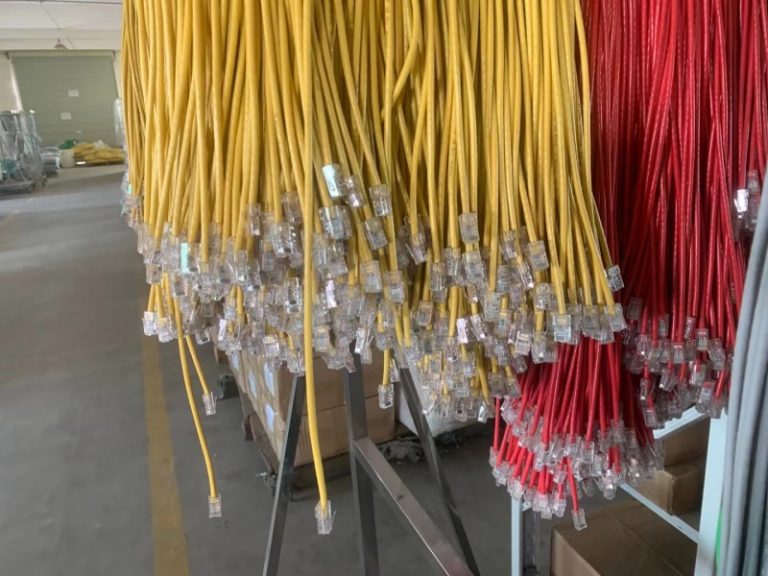नेटवर्क केबल तारिङ
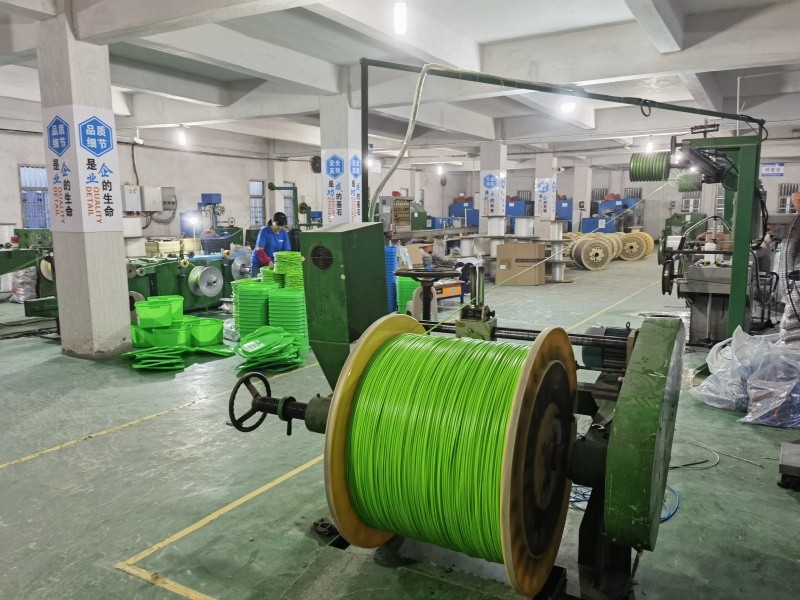
उचित नेटवर्क केबल तारिङको महत्त्व: उत्तम अभ्यास र सुझावहरू
विभिन्न प्रकारका नेटवर्क केबल तारिङहरू बुझ्दै: तपाईंको सेटअपको लागि कुन सही छ?
नम्बर
नाम

कम धुवाँ हलोजन-रहित नेटवर्क केबल
| फाइबर अप्टिक केबलहरूले नेटवर्क केबल तारिङ प्रविधिको शिखर प्रतिनिधित्व गर्दछ। तामाको तारको सट्टा, यी केबलहरूले प्रकाश संकेतहरू प्रयोग गरेर डाटा प्रसारण गर्न गिलास वा प्लास्टिकको पातलो तारहरू प्रयोग गर्छन्। फाइबर अप्टिक केबलहरूले अतुलनीय ब्यान्डविथ प्रदान गर्दछ र लामो दूरीमा अत्यधिक उच्च डेटा स्थानान्तरण दरहरूलाई समर्थन गर्न सक्षम छन्। तिनीहरू विद्युत चुम्बकीय हस्तक्षेपबाट प्रतिरक्षा हुन्छन् र त्यसैले डाटा केन्द्रहरू र दूरसंचार नेटवर्कहरू जस्ता विश्वसनीयता र कार्यसम्पादन सर्वोपरि हुने वातावरणका लागि उपयुक्त हुन्छन्। विचार गर्न धेरै कारकहरू छन्। पहिलो विचार तपाईको नेटवर्कको गति र ब्यान्डविथ आवश्यकताहरू हो। यदि तपाईंलाई उच्च-गति डेटा स्थानान्तरण समर्थन गर्न आवश्यक छ वा तपाईंको नेटवर्कमा जडान भएका यन्त्रहरूको ठूलो संख्या छ भने, तपाईंले Cat6 वा फाइबर अप्टिक केबलहरू रोज्न सक्नुहुन्छ। यसको विपरित, यदि तपाइँको नेटवर्क आवश्यकताहरू अधिक मामूली छन् भने, Cat5e केबलहरू पर्याप्त हुन सक्छ। जबकि ट्विस्टेड जोडी केबलहरू तुलनात्मक रूपमा छोटो दूरीका लागि उपयुक्त छन्, फाइबर अप्टिक केबलहरूले संकेत घटाउन बिना धेरै दूरी फैलाउन सक्छ। यदि तपाईंलाई लामो दूरीमा यन्त्रहरू जडान गर्न आवश्यक छ भने, फाइबर अप्टिक केबलहरू तपाईंको नेटवर्कको लागि उत्तम विकल्प हुन सक्छ। तपाईंले ट्विस्टेड जोडी केबलहरू, समाक्षीय केबलहरू, वा फाइबर अप्टिक केबलहरू छनौट गर्नुहुन्छ वा गति, ब्यान्डविथ, र दूरीको लागि तपाईंको विशेष आवश्यकताहरूमा निर्भर गर्दछ। यी कारकहरूलाई ध्यानपूर्वक विचार गरेर, तपाइँ तपाइँको नेटवर्क अहिले र भविष्यमा तपाइँको आवश्यकताहरु लाई पूरा गर्न को लागी सही प्रकार को केबल तार संग सुसज्जित छ भनेर सुनिश्चित गर्न सक्नुहुन्छ। | Name |
| 1 | Low smoke halogen-free network cable |
Fiber optic cables represent the pinnacle of network cable wiring technology. Instead of copper wires, these cables use thin strands of glass or plastic to transmit data using light signals. Fiber optic cables offer unparalleled bandwidth and are capable of supporting extremely high data transfer rates over long distances. They are immune to electromagnetic interference and are therefore ideal for environments where reliability and performance are paramount, such as data centers and telecommunications networks.
When choosing the right type of network cable wiring for your setup, there are several factors to consider. The first consideration is the speed and bandwidth requirements of your network. If you need to support high-speed data transfer or have a large number of devices connected to your network, you may want to opt for Cat6 or fiber optic cables. Conversely, if your network requirements are more modest, Cat5e cables may suffice.
Another important factor to consider is the distance over which you need to transmit data. While twisted pair cables are suitable for relatively short distances, fiber optic cables can span much greater distances without signal degradation. If you need to connect devices across long distances, fiber optic cables may be the best choice for your network.
In conclusion, understanding the different types of network cable wiring is essential for designing a reliable and high-performance network infrastructure. Whether you opt for twisted pair cables, coaxial cables, or fiber optic cables depends on your specific requirements for speed, bandwidth, and distance. By carefully considering these factors, you can ensure that your network is equipped with the right type of cable wiring to meet your needs now and in the future.

